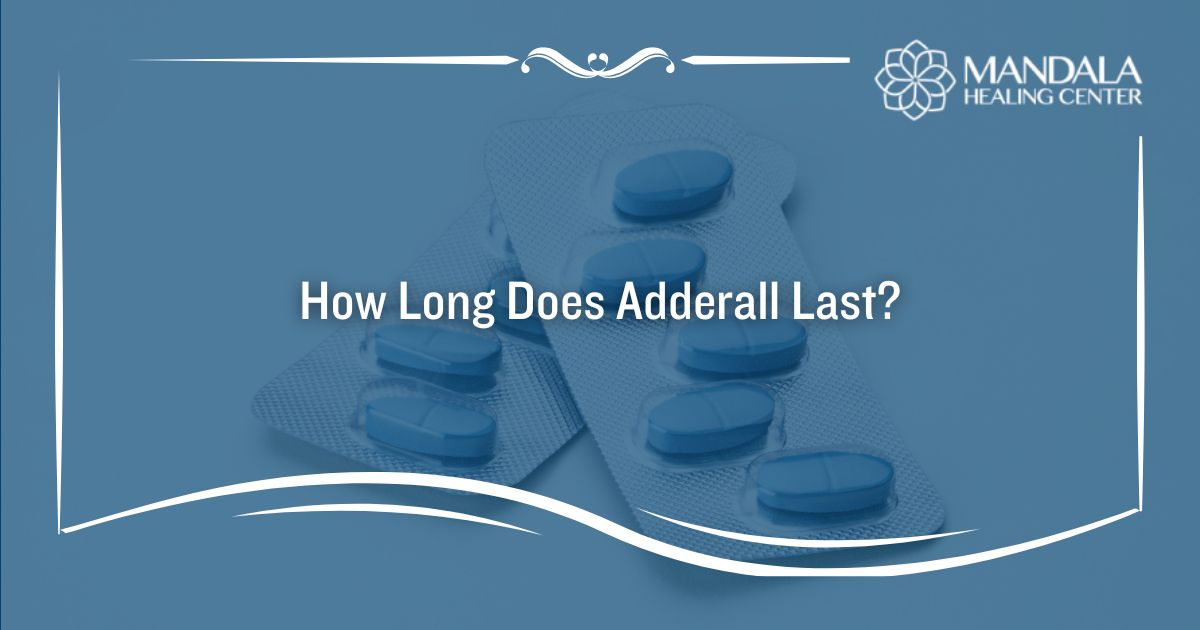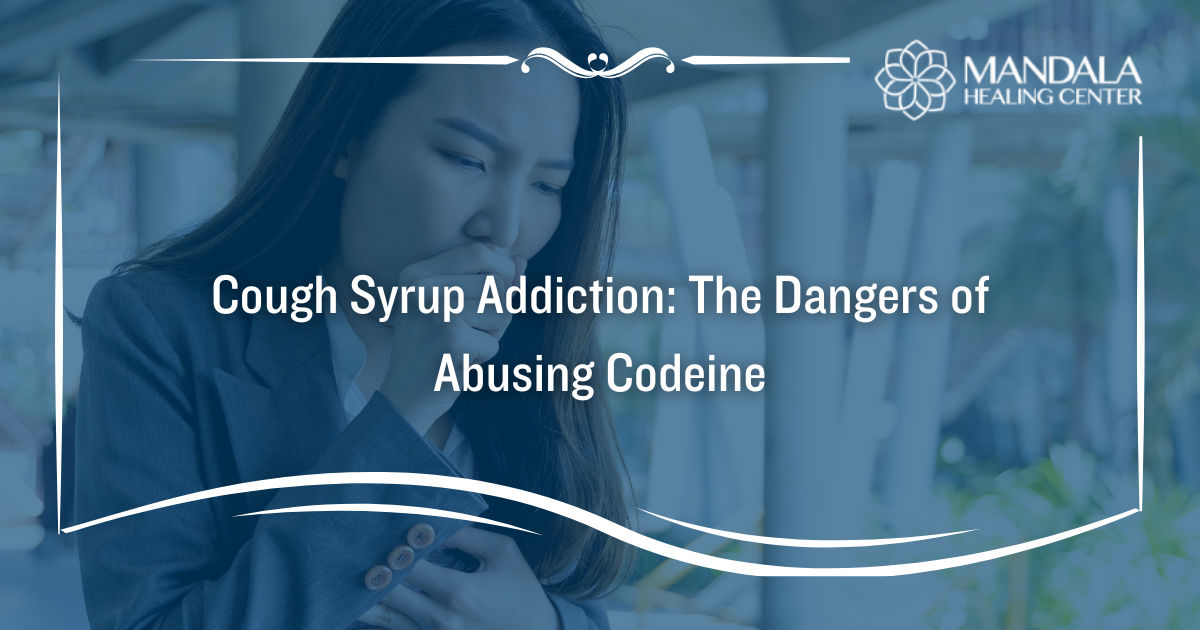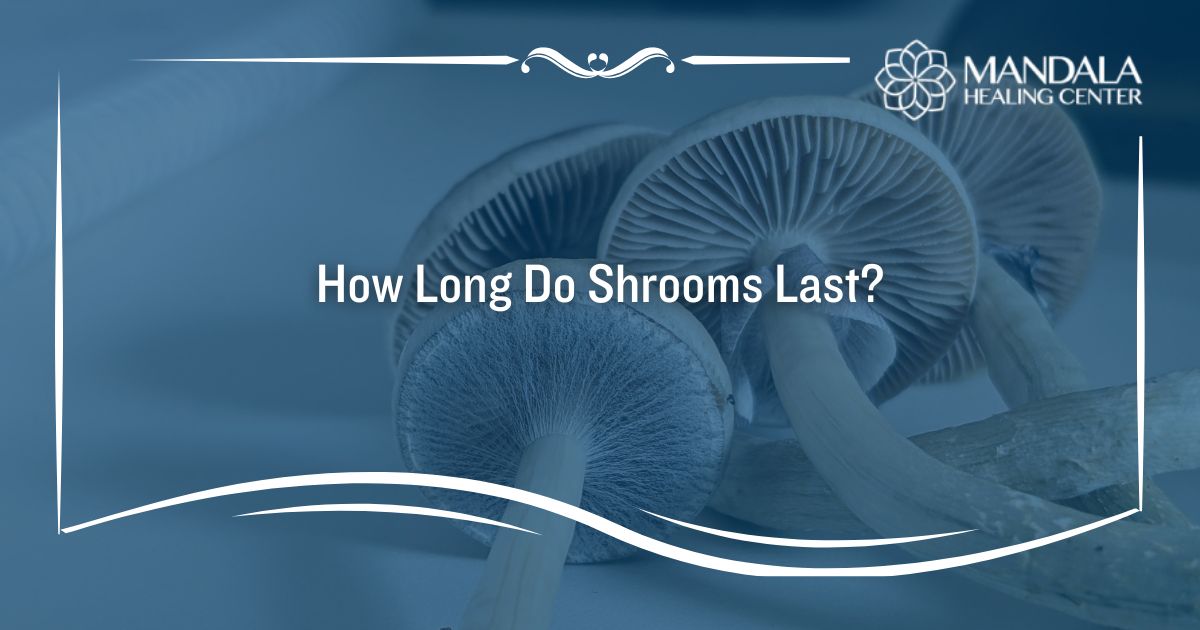Kratom is an herbal substance that can produce opioid and stimulant-like effects depending on the type of strain and dose you take. Because kratom can cause opioid-like effects, some people attempt to use it to overcome an addiction to drugs like heroin.

According to the National Institute of Drug Abuse, “Anthropologists report that kratom has been used in Southeast Asia for hundreds of years as a multi-purpose remedy in traditional medicine, to increase alertness and energy while working and during social gatherings.”[1]
While kratom is used by many people as an herbal medicine, it is not approved for medicinal use in the United States. There is little research on the substance, making it impossible to determine whether it is safe for long-term use. However, long-term kratom use can lead to addiction, resulting in uncomfortable withdrawal symptoms when you abruptly stop consuming it.
What are the Symptoms of Kratom Withdrawal?
Withdrawal occurs when you stop using a substance that your body has become dependent on. People who are addicted to kratom have reported experiencing mild to moderate symptoms of withdrawal after stopping its use.[1]
The symptoms of kratom withdrawal may include:[2]
- Anxiety or irritability
- Depression and suicidal ideation
- A general sense of unhappiness or an inability to experience pleasure
- High blood pressure
- Yawning or stretching
- Runny nose
- Insomnia
- Mood swings
- Muscle, bone, and joint pain
- Diarrhea, nausea, and vomiting
- Hallucinations
- Cravings for kratom
While kratom withdrawal is not directly life-threatening, the symptoms can become dangerous when left unmanaged. As a result, if you are experiencing kratom withdrawal you should always seek help from a professional drug detox program.
The Kratom Withdrawal Timeline
The kratom withdrawal timeline can vary from person to person depending on a variety of factors. Some of the factors that play a role in how long withdrawal symptoms last include how long you were abusing kratom, the dose you typically took, and your overall health. However, most people follow the same general timeline when it comes to kratom withdrawal.
12-24 Hours
Around 12 hours after you last used kratom you will begin experiencing withdrawal symptoms. During the first 24 hours of withdrawal, your symptoms are usually mild. These symptoms might include muscle and joint pain, abdominal discomfort, nausea, visual distortions, and cravings.
2 to 3 Days
On the second day of kratom withdrawal, your symptoms will begin to peak. This means they will be at their most severe, making it vital that you are receiving assistance from a medical detox facility.
Between the 2nd and 3rd day of kratom withdrawal, you may experience:
- Depression
- Pain in the muscles, joints, and bones
- Abdominal pain
- Cravings for kratom
- Visual distortions or hallucinations
- Tremors and shaking
- Impaired coordination
- Insomnia
- Lack of appetite
- Dehydration
4 to 7 Days
Sometime between the fourth and seventh day, the body pains you are experiencing will begin to subside. However, symptoms like nausea, vomiting, or diarrhea might persist. Additionally, mild tremors might continue to affect you during this stage of kratom withdrawal.
2 Weeks or More
Once you are 2 weeks into the kratom withdrawal timeline, your symptoms will begin to improve. Psychological symptoms like depression or insomnia may persist. Also, cravings for kratom will continue to affect you long after two weeks depending on the severity of your addiction.
How is Kratom Withdrawal Treated?
While kratom withdrawal is not usually life-threatening, it can be incredibly difficult to cope with. Symptoms like depression or dehydration can quickly become fatal if they are not properly addressed by medical professionals. As a result, kratom withdrawal should always be treated by a medical detox program.
Drug and alcohol detox centers can provide symptom-specific medications to soothe the symptoms you are experiencing. For example, you might receive antidepressant medications, sleeping aids, pain relievers, or medications that help you cope with nausea and diarrhea.
Detox centers also offer around-the-clock supervision, so if you experience a medical or psychological emergency, you will have access to immediate treatment.
Find Help for Kratom Abuse and Addiction
If you or a loved one are addicted to kratom, Mandala Healing Center is here to help. With a combination of medical detox, evidence-based behavioral therapy, holistic treatment, and aftercare support, we can help you regain control over your life.
To learn more about our detox and treatment programs, contact the Mandala Healing Center today.
References:
- The National Institute of Drug Abuse (NIDA): Kratom, Retrieved June 2023 From https://nida.nih.gov/research-topics/kratom#kratom
- The National Library of Medicine: A Case of Severe Kratom Addiction Contributing to a Suicide Attempt, Retrieved June 2023 From https://www.ncbi.nlm.nih.gov/pmc/articles/PMC9616552/












